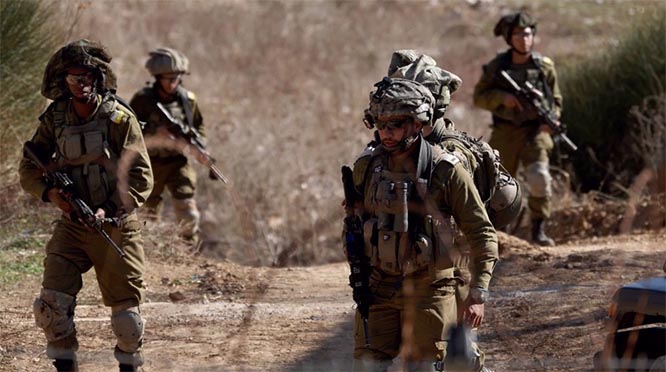Dubai, Mar 11: Saudi Arabia plans to cut its crude oil exports in April to below 7 million barrels per day (bpd), while keeping its output "well below" 10 million bpd, a Saudi official said on Monday, as the kingdom seeks to drain a supply glut and support oil prices.
State-owned Saudi Aramco's oil allocations for April are 635,000 bpd below customers' nominations -- requests made by refiners and clients for Saudi crude, the Saudi official said.
"Despite very strong demand from international waterborne customers at more than 7.6 million bpd, customers were allocated less than 7 million bpd," the official said.
March's oil exports will also be below 7 million bpd, the official said.
The April allocations by Aramco show "a deep cut of 635,000 bpd from customer requests for its crude oil," he added.
"This will keep production well below 10 million bpd in April," the official said, adding that this is also below the 10.311 million bpd that the kingdom has agreed as its production target under an OPEC-led supply cut agreement.
The Organization of the Petroleum Exporting Countries (OPEC) and other producers such as Russia, colloquially known as OPEC+, agreed in December to reduce supply by 1.2 million bpd from Jan. 1 for six months.
"Saudi Arabia is demonstrating extraordinary commitment to accelerating market rebalancing," the Saudi official said, adding that the kingdom expects all other OPEC+ countries to show similar levels of contributions and high conformity.
Saudi Energy Minister Khalid al-Falih said on Sunday that March oil production was 9.8 million bpd and that the country, OPEC's biggest producer, plans to keep its April output at the same level.
Saudi Arabia's oil production in February fell to 10.136 million bpd, a Saudi industry source told Reuters on Friday, down from 10.24 million bpd in January.






Comments
Add new comment